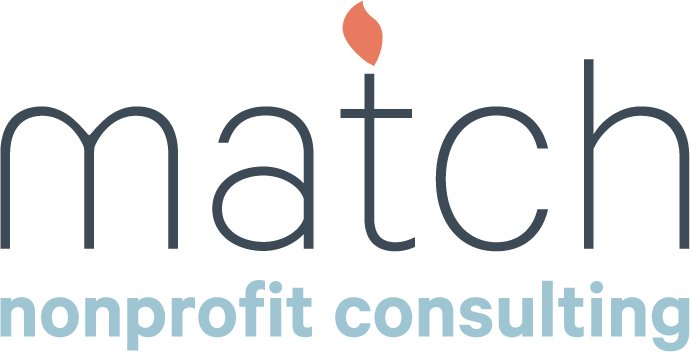New York declares state of emergency over coronavirus outbreak
Stocks slide on Wall Street over coronavirus and oil crash
Coronavirus Precautions Hit Presidential Campaign Plans
Your donors and prospects have a lot on their minds.
And yet, your nonprofit still needs unrestricted gifts for current operations, gifts that are the life-blood for your work.
Here are some things I learned during my time in advancement communications in the aftermath of September 11, Hurricane Katrina, the Great Recession and Superstorm Sandy. While each organization needs to assess its unique position and be sensitive to the concerns of constituents, the bottom line (literally) is that you need to continue fundraising.
Start by re-examining your goals (even Apple, Inc. says they won’t meet quarterly revenue projections due to impact from the coronavirus). Is your Annual Fund goal realistic given the uncertainty your donors are likely feeling about their financial security? Analyze your LYBUNTs and recently lapsed donors to better understand what to expect. This is probably not a good time for donor acquisition, unless your organization has a direct impact on the matters at hand.
Next, re-prioritize the purposes for which you are fundraising. Emphasize unrestricted gifts that keep your organization strong and able to live out its mission. While asks for restricted gifts can continue, include an Annual Fund component to the ask whenever appropriate. Also, offer donors a longer timeframe to make pledge payments and underscore the option for corporate matching gifts.
Every organization needs to shift messaging:
First, acknowledge the situation, especially as it pertains to your constituents. For instance, constituents of healthcare and human services are likely to have immediate concerns about the coronavirus pandemic. Offer words of understanding if you are reaching out to constituents in communities that are particularly affected. It is equally important not to get bogged down in—one or two sentences—or exploit the situation.
Connect the mission of your organization to the larger issue whenever possible. Organizations that serve the homeless should talk about the potentially devastating effects of COVID-19 for their constituents. Whatever the mission, remind donors and prospects about the significance of your organization’s work. Environmental organizations can reinforce the ongoing fight against climate change. Educational institutions might emphasize the importance of an informed electorate to our democracy.
As always, employ best practices when you produce appeals:
Focus on the impact your organization has on the community, nation, world. Tell the story of a recent, concrete example of this impact. What is your organization’s plan for the months and years ahead? What is needed to achieve the goals? What resources are needed to meet these goals?
Segment and personalize direct response communications with salutations and ask amounts. Encourage new and lapsed donors to renew at the same level, consecutive donors to upgrade, and nondonors to join your cause if it is on the frontlines of the headlines.
This may feel daunting. Begin by drafting an appeal. Share the draft with a couple of annual fund donors you know well, asking for their feedback. You are on the right track when your appeal is connected to both the big picture and specific impact; respectful of current events and the individual prospect; concise and direct about your case and call to action.
Guidelines to fundraising during an emergency
Re-assess your fundraising plans.
Acknowledge the situation without getting bogged down or being exploitative.
When possible, connect the mission of your organization to the larger issue.
Always remind donors about the ongoing importance of your mission.
Employ direct response fundraising best practices.
Barbara Perkins
